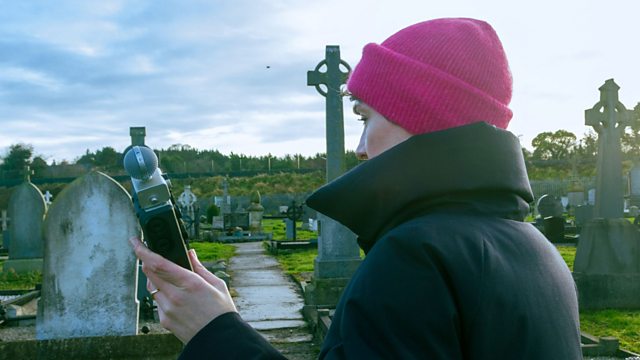The Riot Act
An experimental narrative that brings together diverse historical accounts, parliamentary records and oral history to consider the unreliability and bias of the voice of history.
The Riot Act is an experimental narrative piece, that brings together diverse historical accounts, parliamentary records and oral history to consider the unreliability and bias of the voice of history.
This new work began with a chance encounter at a gravestone in one of the oldest cemeteries in Lurgan, a small town in Northern Ireland where Doran grew up. Doran connects a series of historical events taking place in the area: a 17th century massacre, a Victorian-era trial and a rent and rates strike in the 1970s. The trial pertains to the murder of a young boy, John Furfey, by a Captain Redmond in 1879, after an incident in the town. Doran’s materials – the coroner’s report, the Parliamentary account and the boy’s gravestone – each vary in register, detail and bias. The legality of the boy’s killing, in all cases, rests on whether Redmond did or did not read the Riot Act to the crowd before firing.
Conversations (imagined and actual) with her mother score an experimental narrative piece that tells these stories, developing on the connections and common themes between them. They raise questions about the stability of historical knowledge, the unreliability of memory and testimony, and the ways in which the truth of a story can be both contingent and multiple. As with today, the boundaries and complexities between forms of civil disobedience and violent resistance are contested. These stories together open up a space for a thoughtful and nuanced discussion of issues that seem strikingly contemporary, albeit viewed through the lens of modern history.
Now & Next is supported by Creative Scotland and ±«Óãtv Arts
Duration:
This clip is from
More clips from ±«Óãtv Arts
-
![]()
Between the Dog and The Wolf
Duration: 05:29
-
![]()
A Party with Auntie
Duration: 05:32
-
![]()
Field Notes on Love
Duration: 07:17
-
![]()
Beneath the Movement
Duration: 04:43






